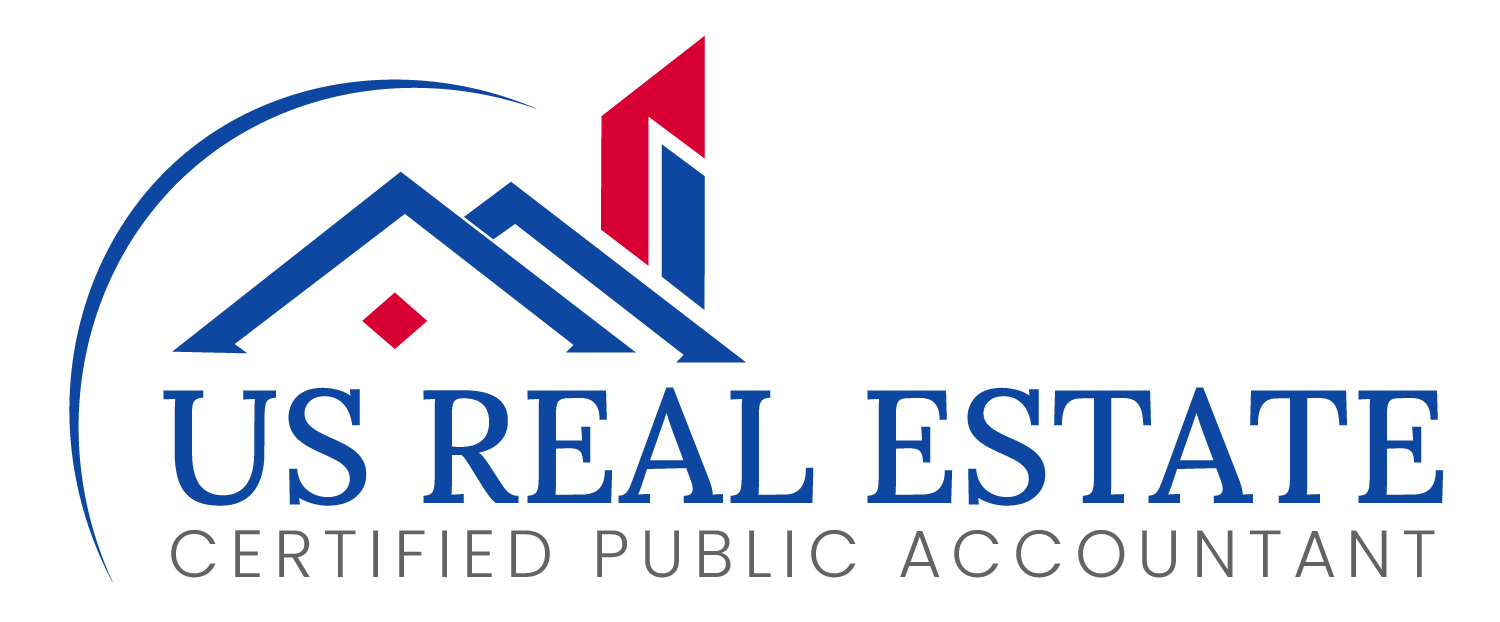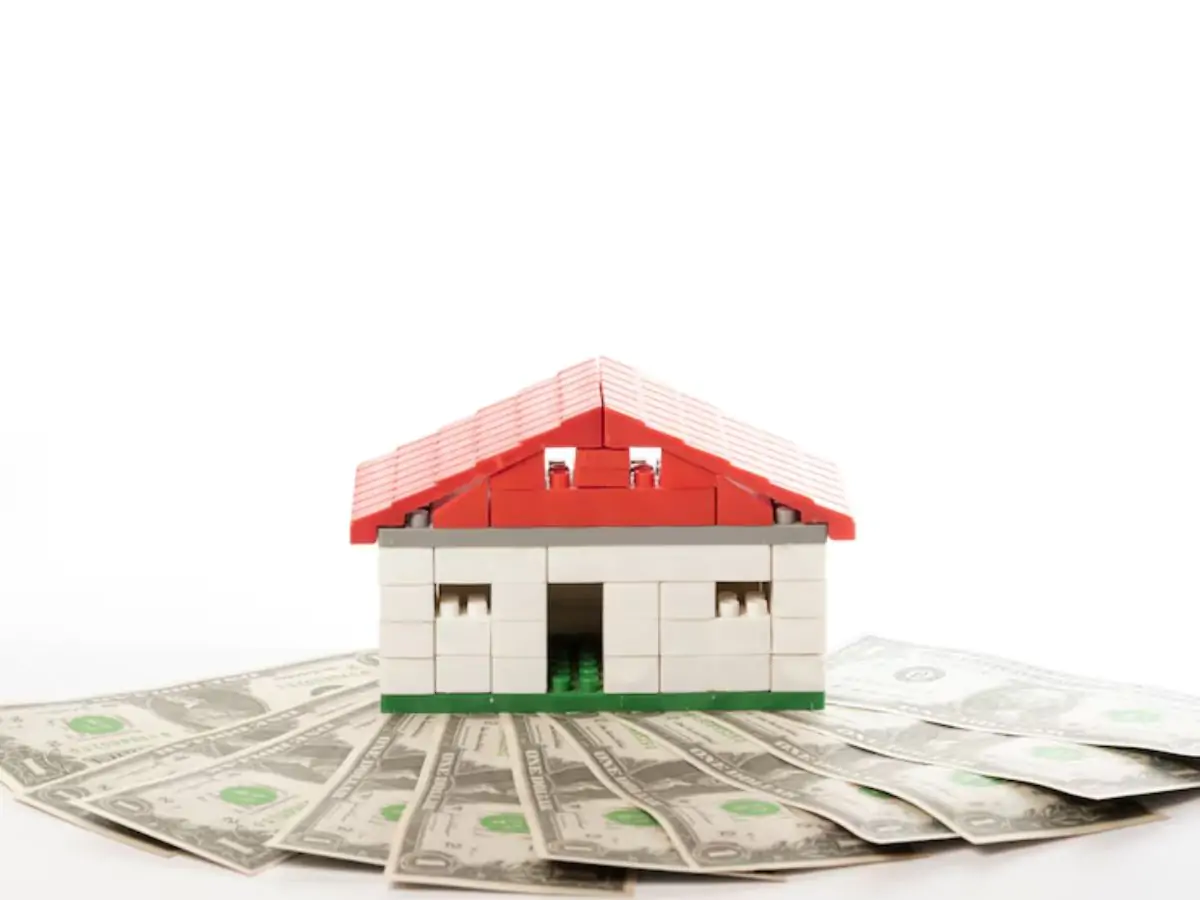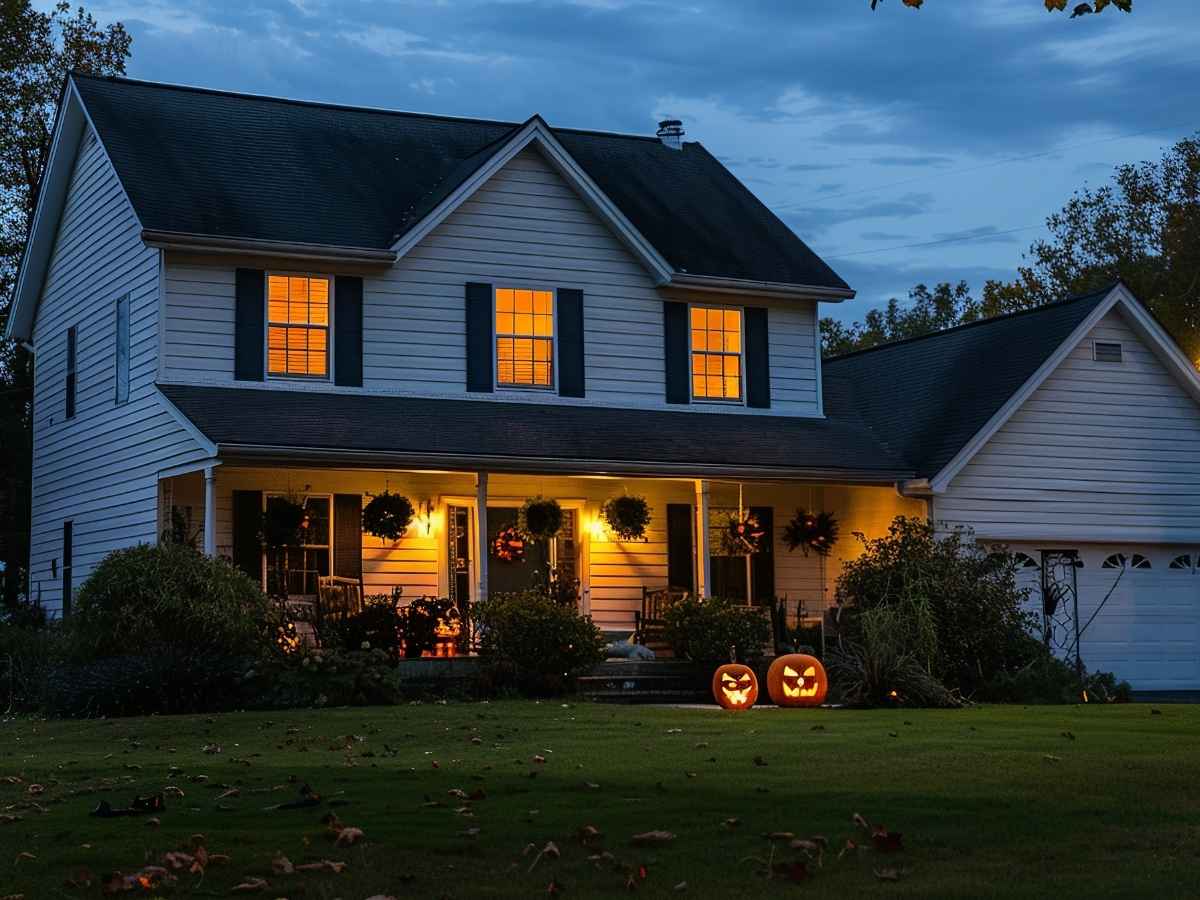
What First-Time Homebuyers Wish They’d Known: The Hidden Costs of Owning a Home
When homebuyers sign the paperwork for their first home, they feel like they have finally made it. After months of house-hunting, stressful bidding wars and gathering paperwork, they are handed the keys to their future. But just a few weeks in, they start feeling like they walked into a surprise they hadn’t signed up for.
Suddenly, there are all these bills they hadn’t really budgeted for. The insurance premium is higher than they thought. Then the water heater breaks. The lawn needs care. It just keeps piling up.
Turns out, they’re not alone.
According to new research by market intelligence firm J.D. Power, the top regret among first-time homebuyers in the U.S. is not getting better information about the true cost of homeownership. While most people go in with a rough idea of what their mortgage payments will be, many are blindsided by the additional, and often invisible, costs that come with owning a home.
Sticker Shock, But for Maintenance
Bruce Gehrke, director of lending intelligence at J.D. Power, put it bluntly during a recent HousingWire conference in Colorado Springs: “When we do some research around regrets … the biggest gap right now is information on homeownership costs.”
Especially for younger buyers, Gehrke said, the reality hits harder than expected. “They just did not expect all the things that are involved in owning a home—and it’s insurance, it’s maintenance, it’s everything else that comes along with it.”
And those “everything elses” are adding up fast.
A 2024 study from Bankrate found that the hidden costs of owning and maintaining a single-family home in the U.S. now top $18,000 per year. That’s a 26% jump from just four years ago—thanks to rising home values, climbing insurance premiums, and inflation making everything from roof repairs to plumbing more expensive.
For many, it’s not just the price tag—it’s the surprise. And that’s what stings most.
Not Just a Mortgage
When people budget for a home, they tend to start with the obvious: the mortgage. That usually involves a calculator, a rough loan estimate, and maybe even a quick online quote. But that’s just one piece of the puzzle.
What often gets overlooked are the so-called “hidden” costs: property taxes, homeowners insurance, ongoing maintenance, occasional repairs, utilities, and fees for things like trash pickup or HOA dues. Add it all up, and you could be spending far more than expected.
“It’s like buying a car and not realizing you’ll need to pay for gas, oil changes, and tires,” said Dave Savage of Trust Engine, who spoke alongside Gehrke at the conference. “Except this car costs hundreds of thousands of dollars.”
Lenders Step In—Earlier Than Ever
Interestingly, more buyers are now talking to lenders before they even start house-hunting. According to J.D. Power’s latest survey, 43% of mortgage borrowers contacted a lender before looking for a home, up significantly from two years ago.
That shift might be smart, especially in a high-rate environment where every dollar counts.
“With rates still elevated and lending standards tighter, cost-sensitive buyers might want to find out exactly what kind of a rate they qualify for and adjust their expectations before falling in love with a house,” Gehrke said.
Surprisingly though, despite the stakes, fewer people are shopping around for a better deal. Gehrke noted a “dramatic” drop in borrowers comparing rates or submitting applications to multiple lenders.
That’s a missed opportunity. A recent Realtor.com® study found that getting quotes from multiple lenders can save borrowers an average of 0.86 percentage points on their mortgage rates—a difference that could amount to tens of thousands over the life of a loan.
So why aren’t more people doing it?
The Trust Trap
Gehrke believes it comes down to the timing of the relationship. “Because more people are reaching out to lenders earlier in the process, lenders who offer a superior experience might lock in customers before they have a chance to shop around,” he explained.
It’s a double-edged sword. On one hand, a smooth experience is great. On the other, it might lead buyers to skip the crucial step of comparing options.
For first-time homebuyers, especially, Gehrke said the biggest friction point is transparency. “Knowing what’s coming, knowing what’s next in the process, not being surprised by things—that’s what makes the difference.”
Closing the Knowledge Gap
The takeaway? Buying a home is still a powerful milestone—but it’s not as simple as saving for a down payment and getting a loan. First-time buyers need a better roadmap of what to expect, not just at the closing table, but well beyond it.
That includes budgeting for unexpected repairs, shopping for insurance policies, understanding how property taxes work, and yes—shopping around for mortgage rates.
More importantly, the industry needs to step up too.
Real estate agents, lenders, and online platforms can all do more to educate buyers early on, before they’re deep in the process. That means clearer breakdowns of monthly and annual costs, calculators that factor in more than just mortgage payments, and checklists for the ongoing responsibilities that come with homeownership.
Because for every couple like Sarah and Jake who figured it out the hard way, there’s someone else just starting their journey—wide-eyed, hopeful, and about to get hit with their first surprise water bill.
It doesn’t have to be that way. Not if we’re honest about what homeownership really costs.



